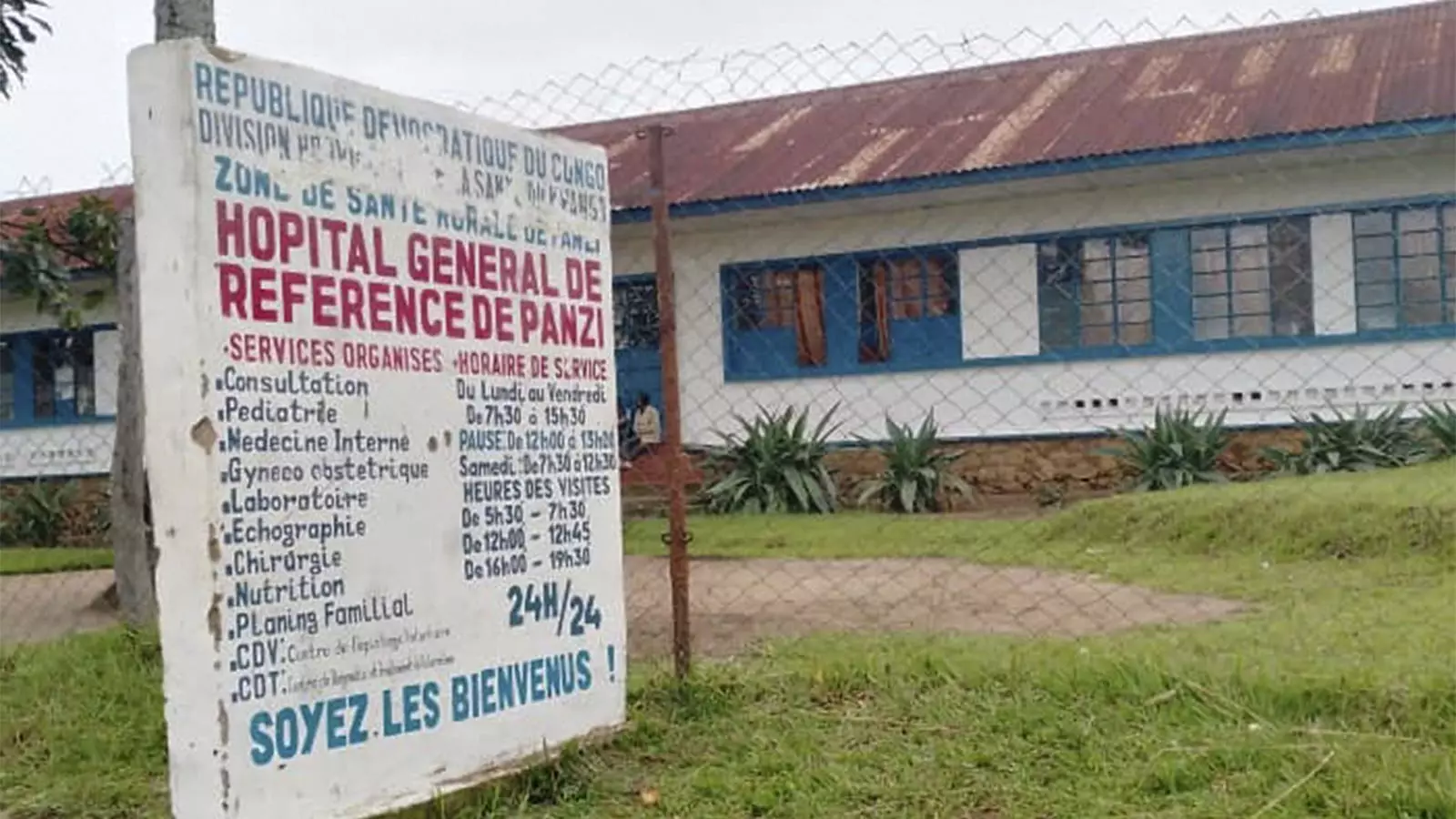In recent weeks, a health crisis has unfolded in the remote Panzi area of Kwango province, western Congo, raising alarm among health officials and the local populace. A man exhibiting symptoms consistent with hemorrhagic fever tragically died on Thursday, intensifying fears that a hitherto unidentified virus might be a contributing factor to a mysterious outbreak. This situation coincides with a reported surge in cases of a flu-like illness that has already claimed the lives of at least 37 individuals. Health officials are now grappling with a complex scenario where malaria, an endemic disease in the region, might be intertwined with a potential viral infection.
Authorities had initially proposed that the rising illness could be attributed primarily to malaria, with over 80% of those affected testing positive for the parasite responsible for this devastating disease. However, the emergence of hemorrhagic fever symptoms in the recent fatality has shifted the narrative, compelling experts to consider a dual diagnosis involving both malarial complications and a viral pathology.
The gravity of the situation is underscored by the fact that there have been 592 reported cases since the outbreak began, illustrating a sharp increase of 65 cases within a week. In addition to the confirmed deaths, preliminary reports indicate at least 44 additional fatalities in communities surrounding the health facilities, prompting ongoing investigations. This troubling scenario raises concerns about the healthcare capacity in this underserved region, where access to medical facilities is limited.
The investigation into the outbreak is complicated by the endemic nature of malaria in the Panzi area, paired with high rates of malnutrition. The working hypothesis, articulated by the Africa Center for Disease Control and Prevention’s official Ngashi Ngongo, speculates that the outbreak could be either “severe malaria on a backdrop of malnutrition” or “a viral infection arising concurrently with malaria.” Such dual-pathology challenges the ability of healthcare professionals to devise an effective treatment strategy, especially considering that most of the diagnosed cases are among children under the age of 14.
Global health organizations, including the World Health Organization (WHO), have mobilized resources to aid Congolese health authorities in their response to the outbreak. This collaboration has focused on rigorous testing and the collection of samples to ascertain the exact nature of the illness affecting the population. Dr. Tedros Adhanom Ghebreyesus, head of WHO, acknowledged that while many blood samples have returned positive for malaria, the potential for multiple diseases complicating the situation cannot be ruled out.
The logistical challenges presented by the geography of the Panzi health zone cannot be overstated. Located approximately 435 miles from the capital city of Kinshasa, reaching this affected area is no simple task. It required an arduous two-day journey for health experts to arrive, as local testing facilities are inadequate, necessitating the transportation of samples over 310 miles to Kikwit for further analysis.
A pertinent aspect of this outbreak is the historical context of health crises in the region. Two years prior, Panzi experienced an outbreak of typhoid fever, a disease that also emerged prominently due to the constraints of poor healthcare infrastructure. Additionally, the resurgence of seasonal flu threatens to further strain the already burdened health system.
As this situation evolves, it is critical for local health agencies and international collaborators to implement robust surveillance and rapid response mechanisms. The interplay between endemic diseases like malaria, emerging viral threats, and the socio-economic challenges of malnutrition creates a formidable landscape for public health intervention.
The ongoing health crisis in western Congo serves as a stark reminder of the complexities facing healthcare systems in resource-limited settings. A proactive and multi-faceted approach will be imperative for effectively addressing this outbreak and preventing future occurrences.


Leave a Reply